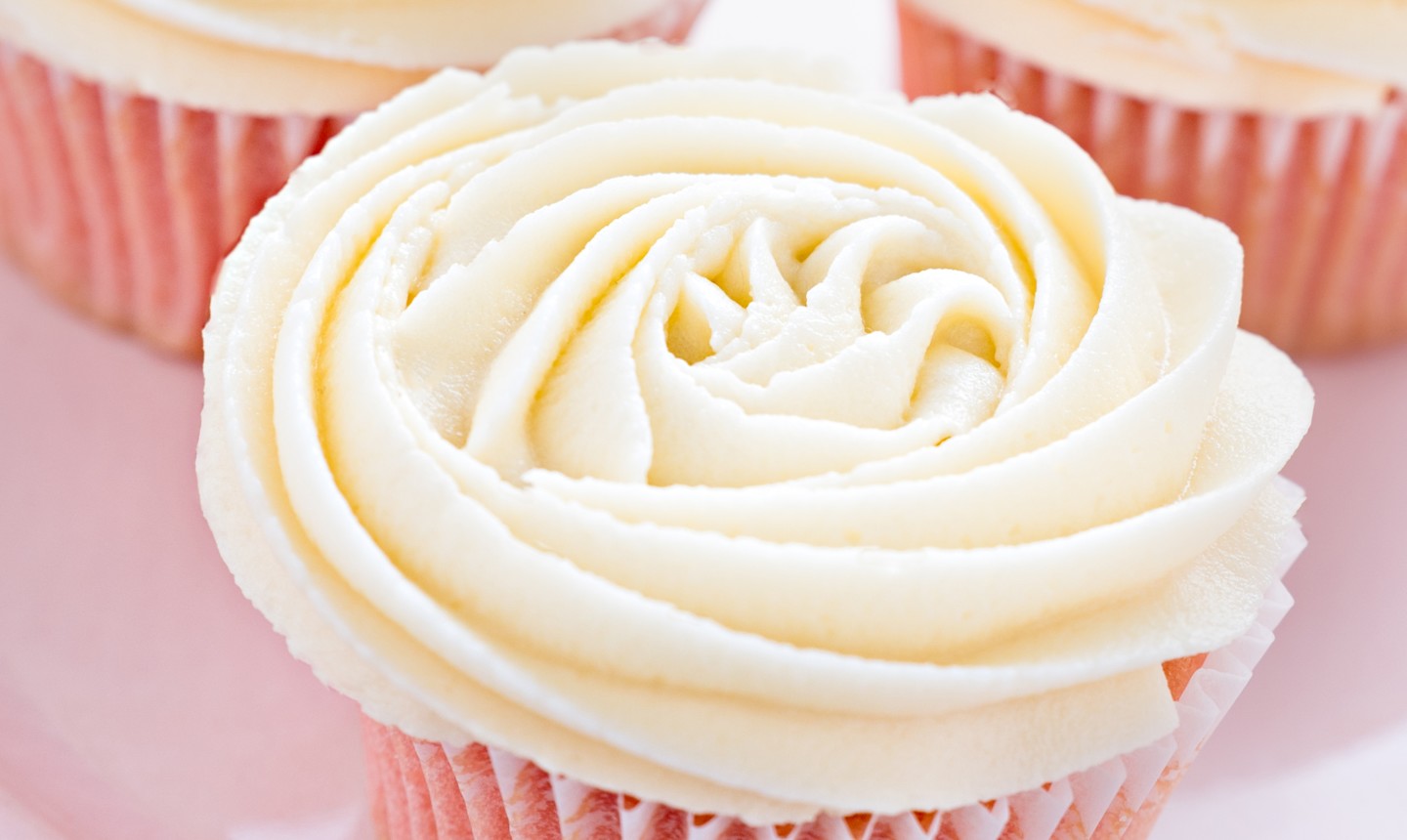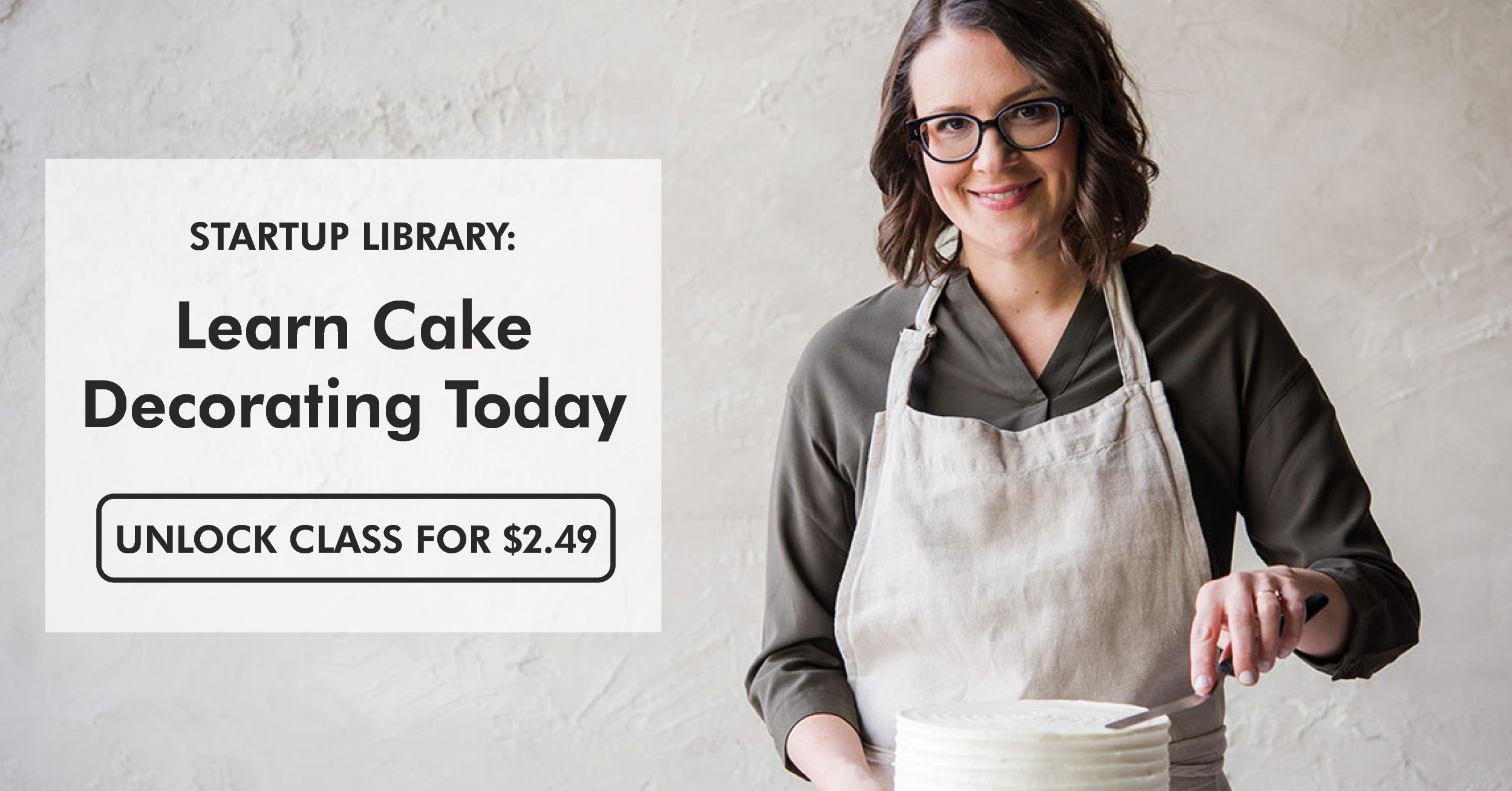
Buttercream is a “We Are the World” kind of frosting. There’s American-style buttercream, Swiss meringue buttercream, Italian buttercream, French buttercream and, of course, German buttercream.
Uh, German buttercream? Yup. German buttercream is one of the lesser-known buttercreams, but it’s worth getting to know because it’s so easy to make and so very delicious.
The German buttercream recipe here starts with a simple custard, whipped with softened butter to form buttercream. The taste is like Bavarian cream, the texture like a classic cake frosting.
While German buttercream takes a few hours to make because the custard needs time to chill, the steps are simple. So give this recipe a try and help German buttercream get the love it deserves.
German Buttercream
Yield: About 2½ cups
Ingredients
Pro Tip: German buttercream is very sensitive to heat and humidity, so it’s not your go-to on a hot summer day. Keep the buttercream at very cool room temperature or refrigerated until it’s time to serve.
Instructions
1. Mix
Combine the milk and ¼ cup of the granulated sugar in a medium-sized saucepan with a heavy bottom. Set to the side.
In a separate medium mixing bowl, whisk together the remaining sugar, egg yolks, cornstarch, vanilla extract and salt. Whisk vigorously, until the mixture is combined and little bit foamy. Set the mixture to the side for the moment.
2. Simmer
In the saucepan, heat the sugar and milk mixture over medium-low heat, stirring frequently to discourage scorching and to help the sugar dissolve. Bring the mixture to a simmer, then remove from heat.
3. Combine
Pour about a third of the hot milk mixture into the egg yolk mixture, whisking the egg mixture as you pour the hot milk (this keeps the eggs from “setting” and forming lumps). Whisk vigorously to combine. Slowly add the remaining milk mixture, whisking all the while. The mixture will be quite liquidy.
Pour the mixture back into the same saucepan; no need to wash. Place the saucepan back over medium-low heat, stirring constantly, until the custard mixture becomes thick. At the first sign of bubbling, remove the mixture from heat.
4. Chill
Transfer the custard to a bowl (pour it through a fine mesh sieve if needed) and immediately cover with plastic wrap, pressing the plastic directly on the surface of the custard to prevent a “skin” from forming.
Place the custard in the refrigerator; let it cool completely, until it feels cold to the touch. This can take up to 2 hours. Don’t rush this step — it is key to making your buttercream smooth.
5. Finish
Once your custard mixture has chilled completely, it’s time to finish your buttercream. In a stand mixer fitted with the paddle attachment or using a hand mixer, cream the butter until light and fluffy, 2 to 3 minutes on high speed.
Add the custard mixture to the creamed butter and continue mixing on high speed until the frosting is smooth and creamy, anywhere from 3 to 5 minutes.
Use your German buttercream immediately for best results. It’s terrific as a topping or filling, and it can be piped as well.
German buttercream has the best consistency right after it’s made. If you’re not going to use it immediately, store it in the refrigerator. When you’re ready, let the chilled buttercream warm slightly, then vigorously mix it in a hand or stand mixer before piping or spreading.
Looking to learn cake decorating? Check out our Startup Library: Cake Decorating now!

Share tips, start a discussion or ask other students a question. If you have a question for an expert, please click here.
Already a member? Sign in
No Responses to “The Most Incredible Buttercream You've Probably Never Heard Of”